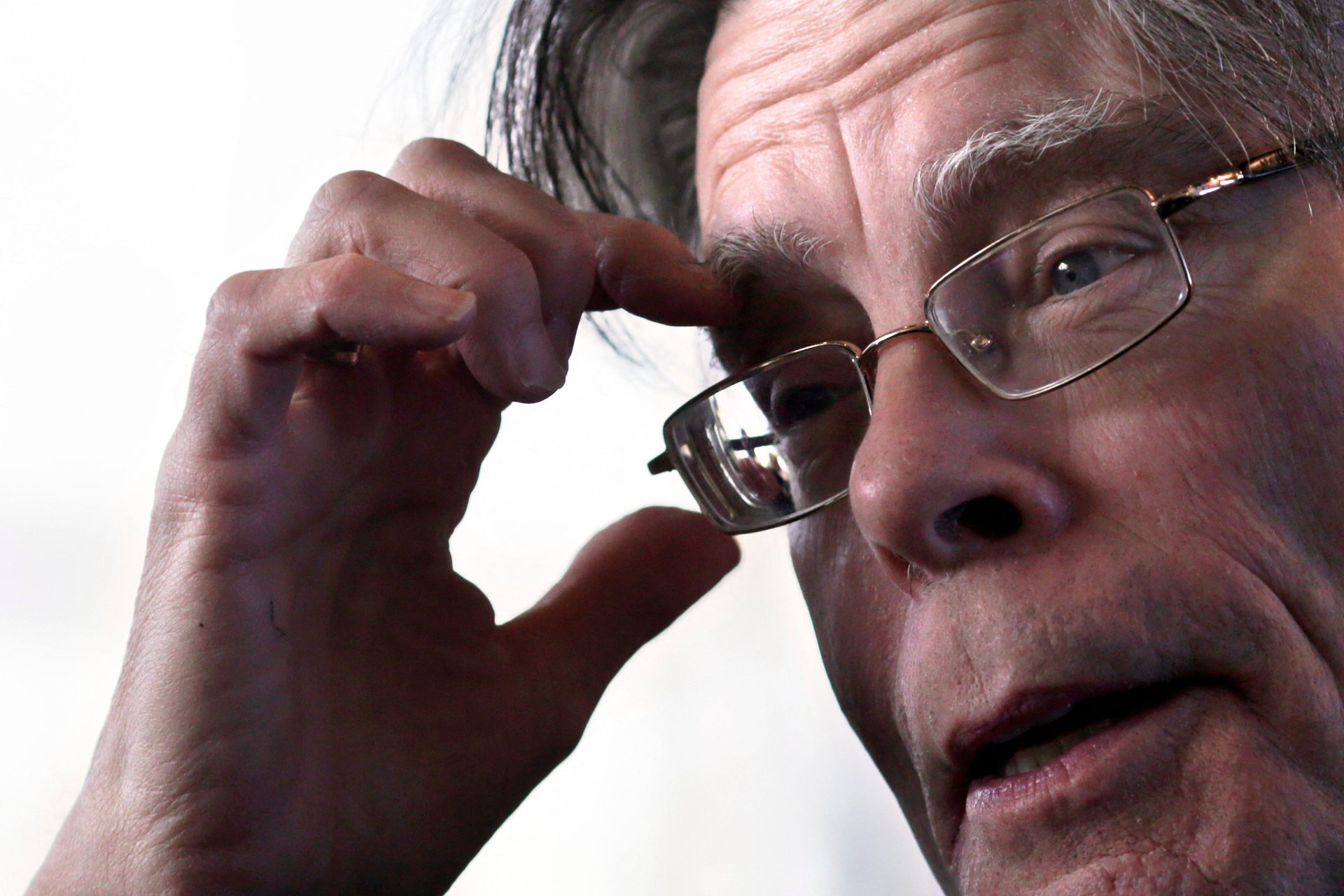Elon Musk is negotiating his new Twitter fees in real time with Stephen King
A row over fees for Twitter's blue checkmark offers a view into how Musk is running things

Just days after completing his takeover of Twitter, Elon Musk announced a plan to charge verified Twitter users $240 a year to keep their blue checkmarks. But Stephen King wasn’t having it.
King, the multimillionaire horror writer extraordinaire, told Musk to get real. “Fuck that,” King tweeted. “[T]hey should pay me. If that gets instituted, I’m gone like Enron.”
Not wishing for one of the world’s most successful contemporary fiction authors to leave the website he just bought for $44 billion, Musk pleaded for King to stay. “We need to pay the bills somehow!” Musk replied, before engaging in some on-the-spot, garage sale-style haggling.
Musk’s exchange with King was not only bizarre; it appears to be one way that Twitter’s new owner actually plans to do business.
Just hours later, having been apparently humbled by the outcry against his original plan, from King and seemingly every other verified Twitter user, Musk announced that a new tier of the Twitter Blue subscription service will, as suggested to King, go for cost $8 per month.
Meanwhile, even if every verified Twitter user paid the $240 per year Musk originally proposed, we estimate it would only net Twitter about $102 million annually. That wouldn’t do much to help Musk pay the bills after taking on $12.5 billion in bank loans that will see him pay $1 billion per year in interest.
Musk is figuring out Twitter’s business by tweeting
Musk’s first few days of owning his own social media company have been strange.
The billionaire doesn’t seem to have a clear plan of attack beyond firing the company’s top brass and pressuring Twitter employees to make stuff as quickly as possible—he wants to bring back Vine, he wants additional commerce features, he wants to build a super-app, and he wants to revamp the entire Twitter verification system and make it an add-on for the Twitter Blue subscription service.
“Bring back Vine?” he tweeted as a Twitter poll before conversing with YouTube star MrBeast about how it could compete with TikTok.
Asking for and listening to user feedback is indubitably a good thing for Musk to do.
The news media startup Semafor exemplified this art recently when, just hours after launch, it changed a much-complained-about stylistic feature, in which the first few words of each paragraph in articles were bolded.
But with Musk, the back-and-forth appears more like erraticism than malleability or introspection. He wants to bounce ideas off of his 113 million Twitter followers—and the 238 million people on the app—and see what they like and what they get furious about. All the while he’s spurring engagement on his own app and profiting off of ad money.
Fine. But more worryingly, it shows that the world’s richest man might not have given too much thought to how he’d actually run Twitter, more than six months after he first agreed to buy it.